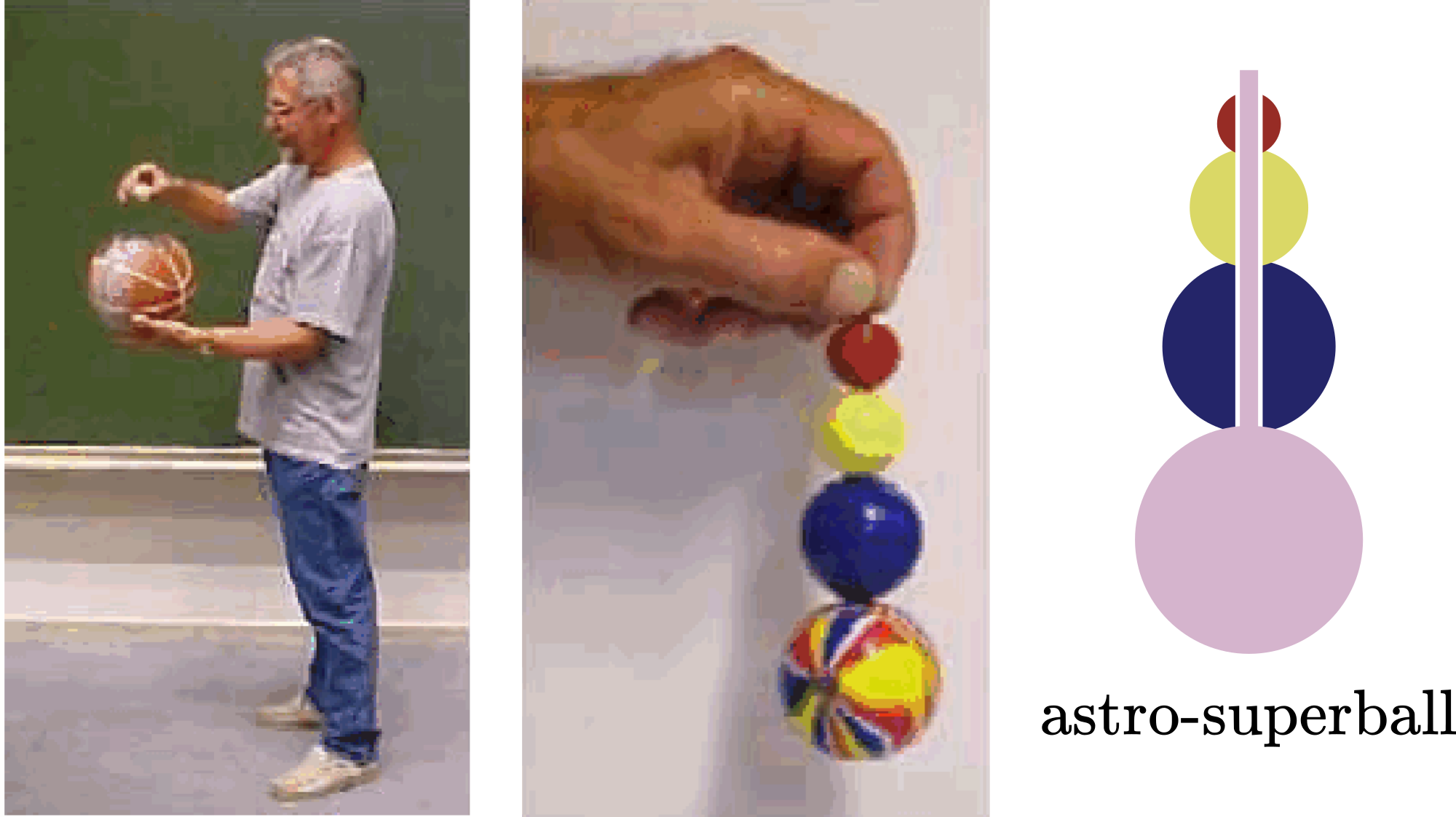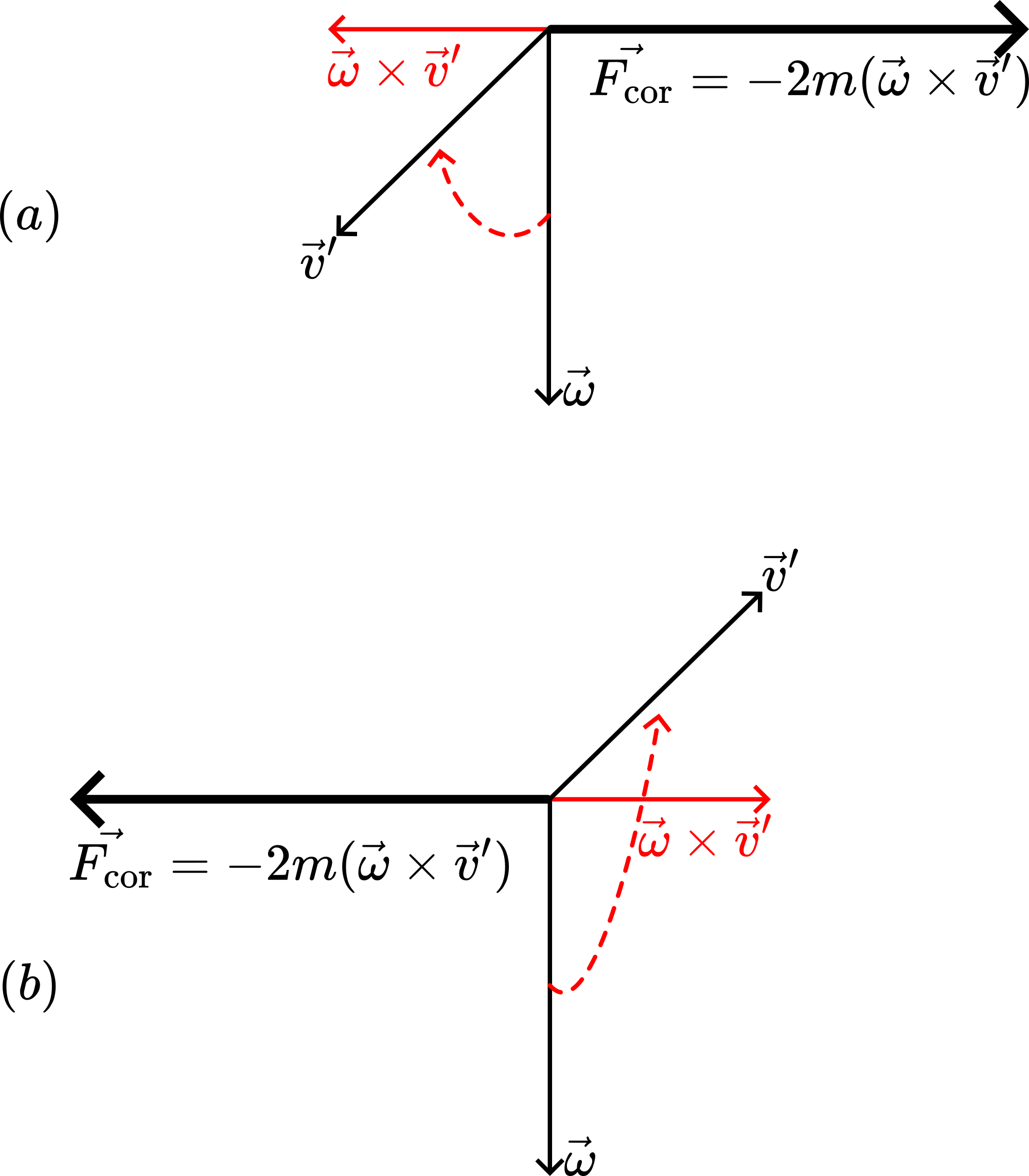03 Shoot and Catch#
Aim#
To show that when a ball is shot vertically upward from a cart moving at a constant speed, the ball will land back in the cart.
Subjects#
1E10 (Moving Reference Frames)
Diagram#

Fig. 38 .#
Equipment#
Cart and track.
Ball-launch assembly.
Pulley at the end of the track.
Thread and weight (around 50 grams).
Presentation#
Set up the track horizontally. Mount the ball-launch assembly on the cart and install the bracket that can trip the photogate on the ball launcher near one end of the track (leave enough room to push the cart). Load the ball and make it launch while the cart stands still. The ball just moves upwards and is caught again by the launcher. Then load the ball and start the cart by giving it a gentle push. The cart moves slowly, launches the ball on passing the trip bracket, and further on the track, the ball will be caught. Return the cart to the end of the track. Reload the ball and give the cart a stronger push. The ball will be launched and caught.
A pulley is clamped to the end of the track, and a string is attached to the cart and passed over the pulley. A mass of about \(50~\mathrm{g}\) hangs from the other end of the string. Start with the cart as far back as possible, load the ball, ask the students what they think will happen, and then release the cart after collecting their answers. The ball will fall behind the cart.
Remove the wire with mass from the cart. Incline the track using the table clamp and rod (see Diagram). Hold the cart at the top of the incline and load the ball. Ask the students: “Will the ball be caught after launching, yes or no?” Then release the cart. Once again, after launching, the ball will land in the cart.
Start the cart at the bottom of the incline. (If necessary, reposition the trip bracket.) Again, ask the students the same question. Give the cart a push uphill so that it travels past the trip bracket. The ball is launched and… caught again! It doesn’t matter how fast the cart is moving or where on the track the bracket launches the ball — the launched ball is always caught again.
Explanation#
The cart and ball have the same horizontal component of velocity. The horizontal component of acceleration of both cart and ball is zero, so ball and cart remain aligned (see Figure 39).

Fig. 39 .#
When the cart is accelerating, it is still accelerating after the ball has been launched. But after launching, the ball is no longer accelerating in the horizontal direction, so it will lag behind the cart.
When the track is tilted, the cart and ball have the same component of acceleration parallel to the track (see Figure 40). Since they have the same initial parallel-component velocity and the same parallel-component acceleration, they will always keep the same parallel-component velocity. The ball will always be in line with the cart, perpendicular to the track, and it will be caught.

Fig. 40 .#
The same holds for the cart moving upward. So again see Figure 40.
Remarks#
Catch the cart before it reaches the end stop on the track.
Presentation 1 can be made more attractive by placing a cardboard tunnel over the track.
Sources#
PASCO scientific, Instruction Manual and Experiment Guide
